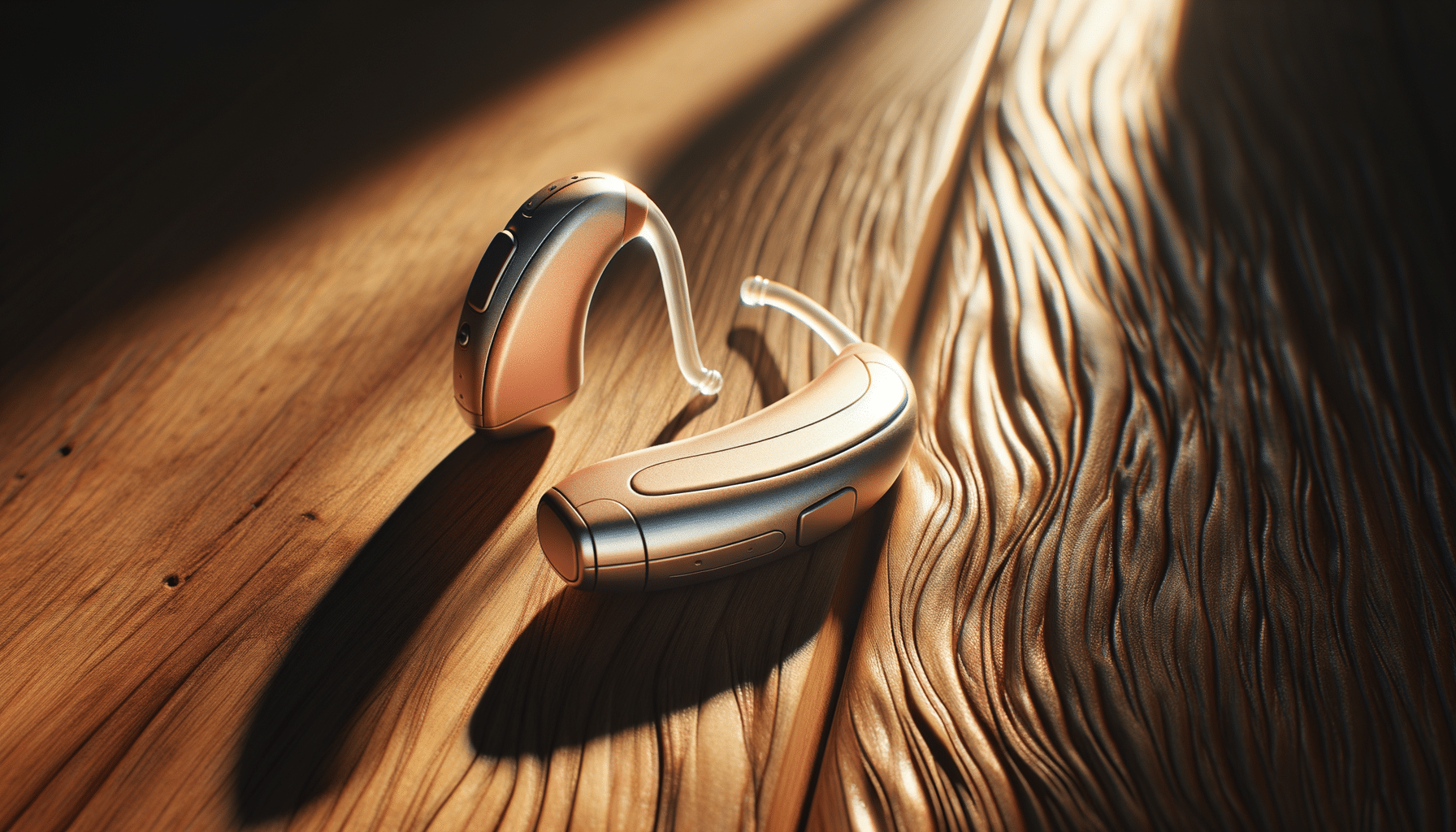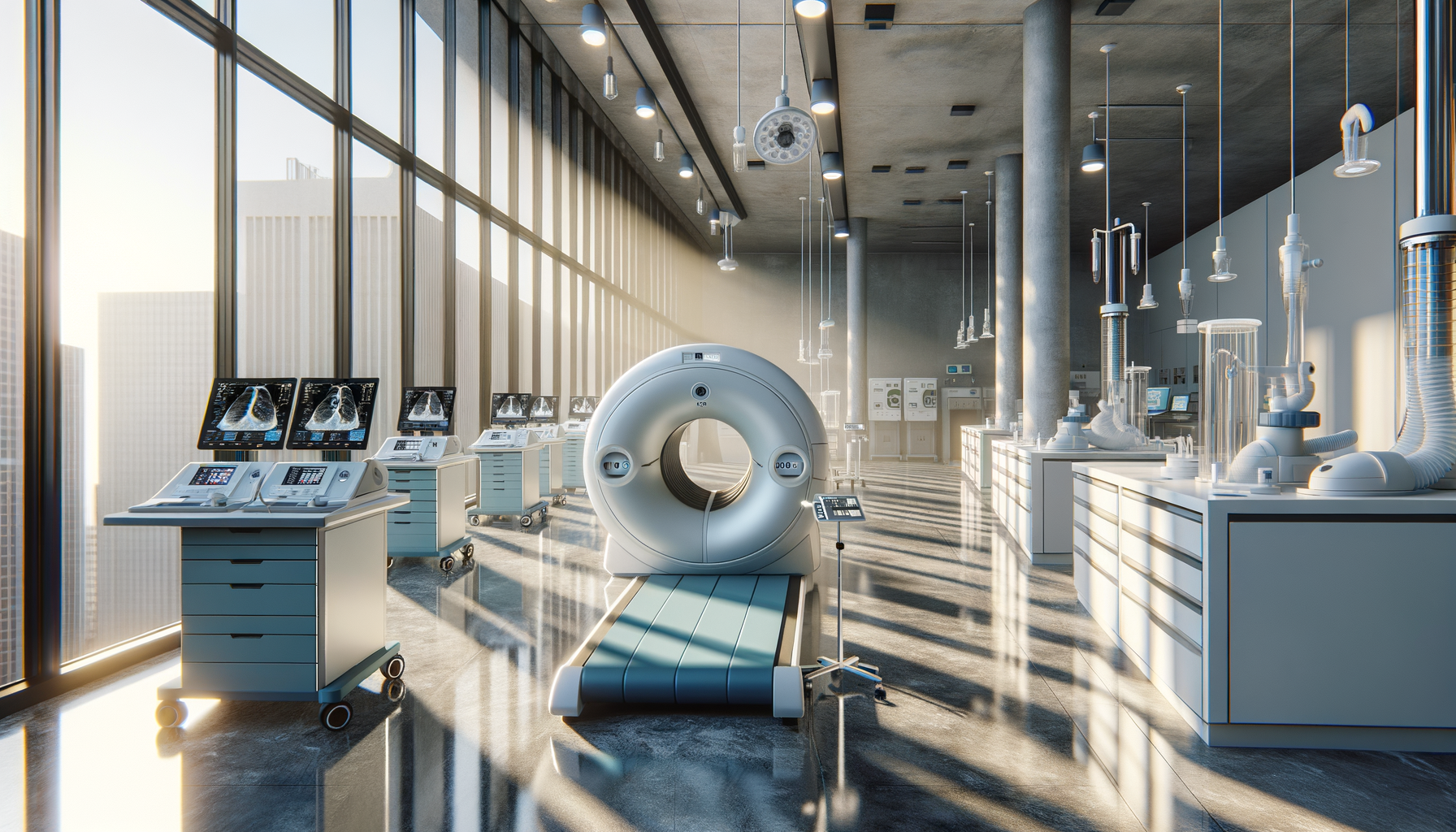
Learn more about Hearing Aids
Introduction to Hearing Aids
Hearing aids are a crucial technological advancement for those experiencing hearing loss, offering a way to improve sound perception and enhance communication. These devices have evolved significantly over the years, incorporating advanced technology to provide clearer sound, better comfort, and more customization options. Understanding their structure, functionality, and maintenance is essential for users and caregivers alike. In this article, we will explore the components, fitting processes, and care routines associated with hearing aids, offering valuable insights for anyone interested in learning more about these life-enhancing devices.
The Structure of Hearing Aids
Hearing aids are composed of several key components that work together to amplify sound and deliver it to the user’s ear. These components include a microphone, an amplifier, a speaker (receiver), and a battery. The microphone captures sound from the environment, which is then converted into electrical signals. These signals are processed by the amplifier, which increases their strength. Finally, the speaker delivers the amplified sound into the ear canal.
Modern hearing aids often include additional features such as digital signal processing, noise reduction, and wireless connectivity. Digital signal processing allows for more precise sound customization, enhancing the user’s experience by adjusting to different listening environments. Noise reduction technology helps minimize background noise, making conversations clearer and more understandable. Furthermore, wireless connectivity enables users to connect their hearing aids to smartphones and other devices, allowing for direct streaming of audio content.
Understanding the basic structure of hearing aids helps users and caregivers appreciate the technology behind these devices and make informed decisions when selecting a model that suits specific hearing needs.
Fitting and Adjustments
Proper fitting and adjustment of hearing aids are critical to ensuring optimal performance and comfort. The fitting process typically involves a hearing test conducted by a professional audiologist, who assesses the user’s hearing levels and determines the appropriate type and settings for the hearing aids. During the fitting, the audiologist will also consider the user’s lifestyle, preferences, and specific hearing challenges.
Adjustments are an ongoing part of using hearing aids, as they may need to be fine-tuned to accommodate changes in hearing or to improve performance in different environments. Many modern hearing aids offer programmable settings that can be adjusted through a smartphone app or by visiting an audiologist. These adjustments can include changes to volume levels, frequency response, and noise reduction settings.
Regular follow-up appointments with an audiologist are recommended to ensure the hearing aids continue to meet the user’s needs and to address any issues that may arise. This ongoing care helps maximize the effectiveness and longevity of the devices.
Maintenance and Care of Hearing Aids
Proper maintenance and care are essential for the longevity and performance of hearing aids. Users should clean their devices regularly to prevent the buildup of earwax, dust, and moisture, which can affect functionality. Cleaning tools, such as brushes and wax removal picks, are often provided with the hearing aids and should be used according to the manufacturer’s instructions.
It’s also important to store hearing aids in a dry, safe place when not in use. Many users invest in a dehumidifier or a drying case to help remove moisture that can accumulate during daily use. Batteries should be replaced as needed, and rechargeable models should be charged according to the manufacturer’s guidelines.
Routine maintenance, including professional cleanings and check-ups with an audiologist, can prevent potential issues and ensure the devices are working correctly. By taking these steps, users can extend the lifespan of their hearing aids and maintain optimal hearing assistance.
Conclusion: Embracing Hearing Aids
Hearing aids play a vital role in improving the quality of life for individuals with hearing loss. By understanding their structure, fitting, and maintenance, users can make informed decisions and maximize the benefits these devices offer. With advancements in technology, hearing aids continue to provide exceptional support, allowing users to engage more fully with the world around them. Whether you’re a new user or considering hearing aids for a loved one, embracing these devices can lead to a richer, more connected life experience.


